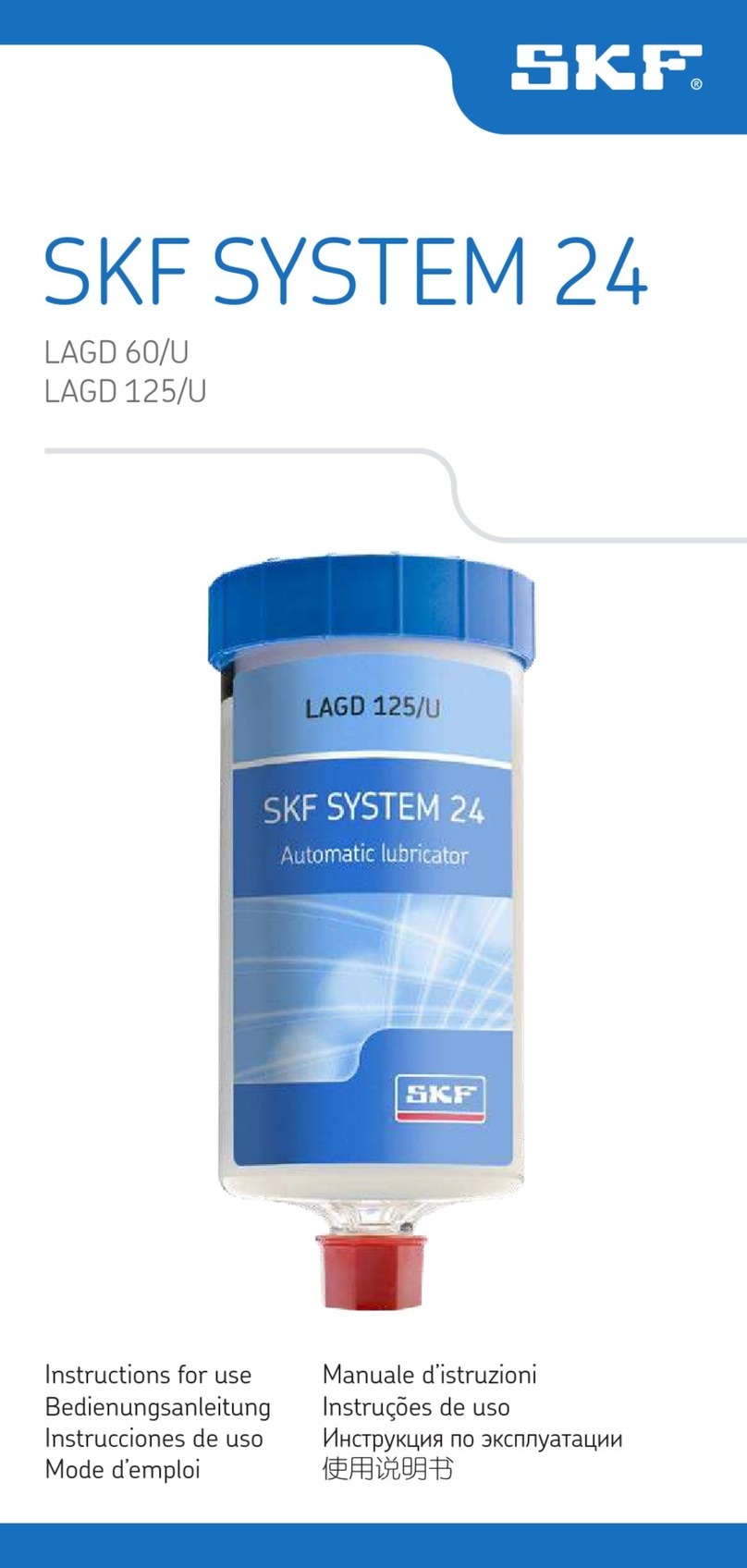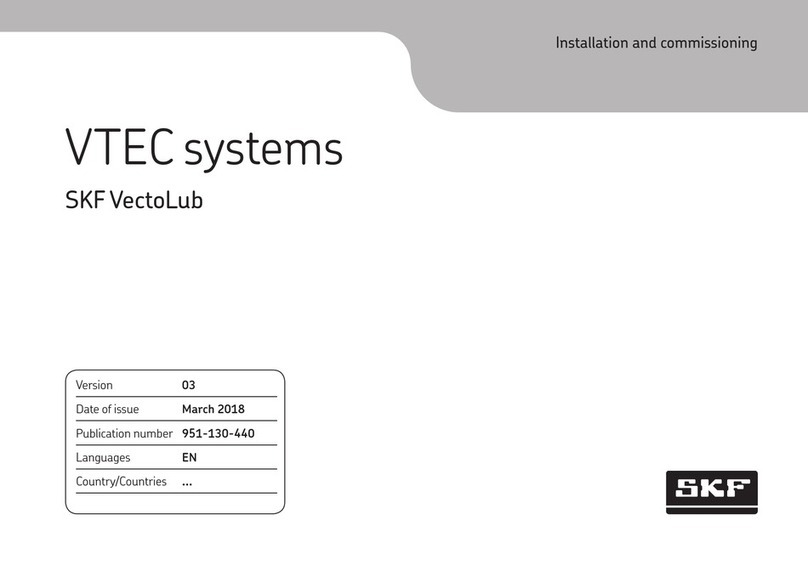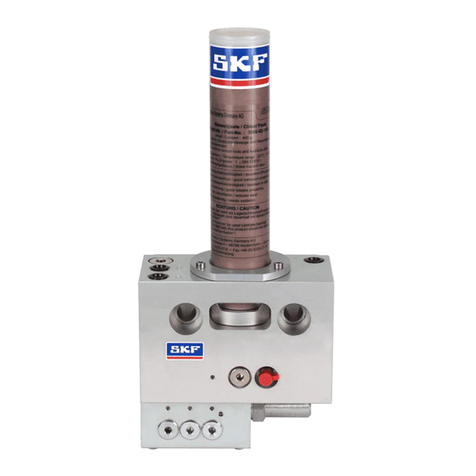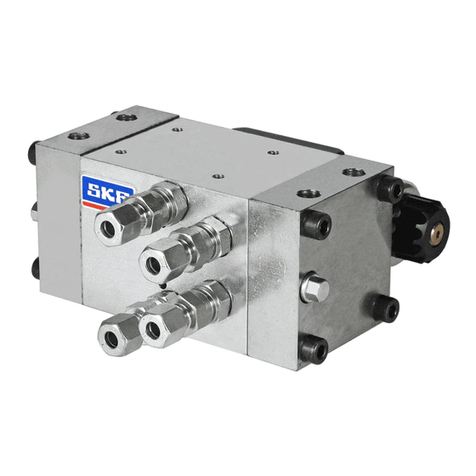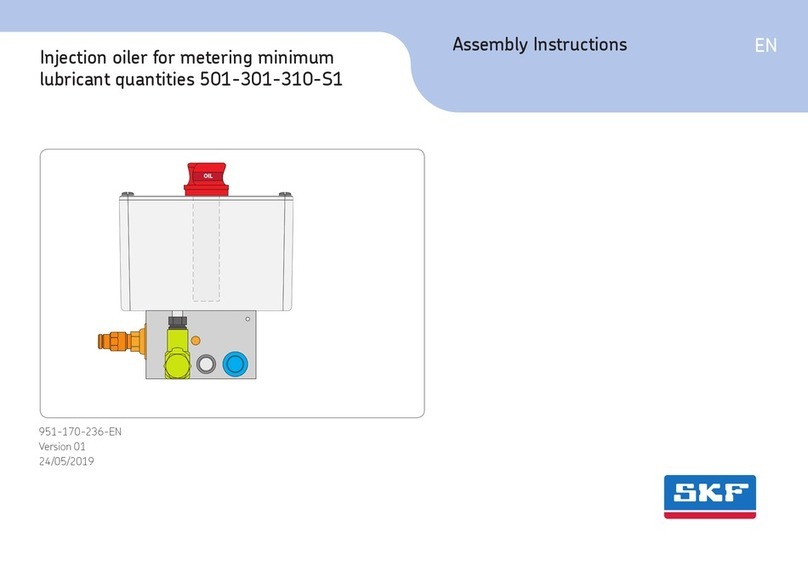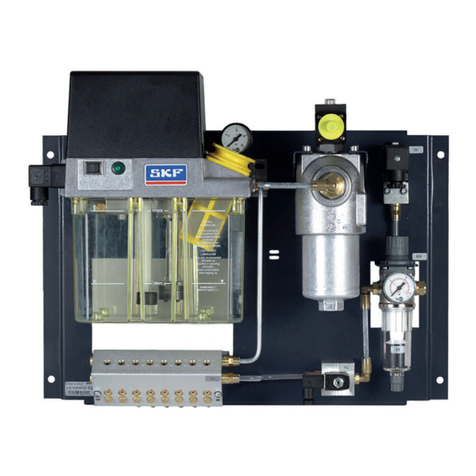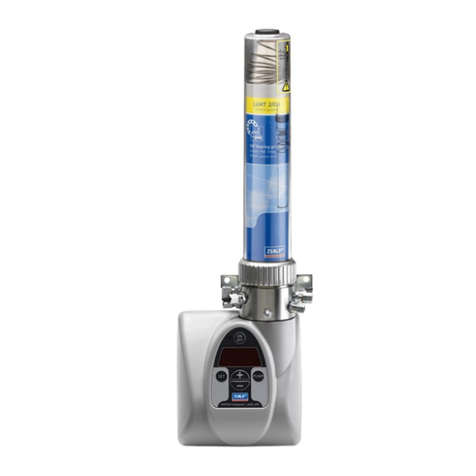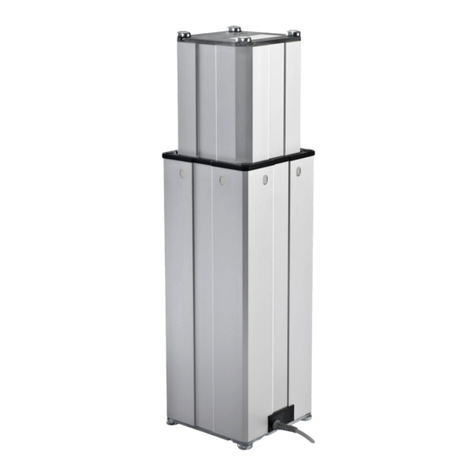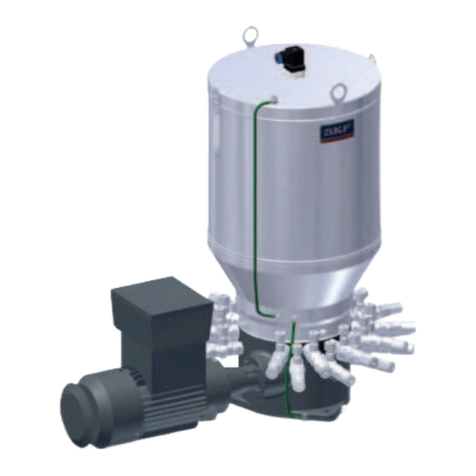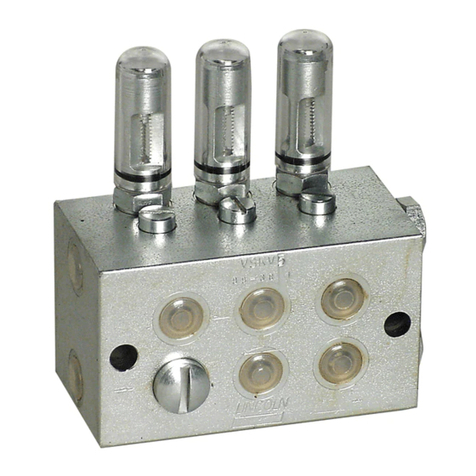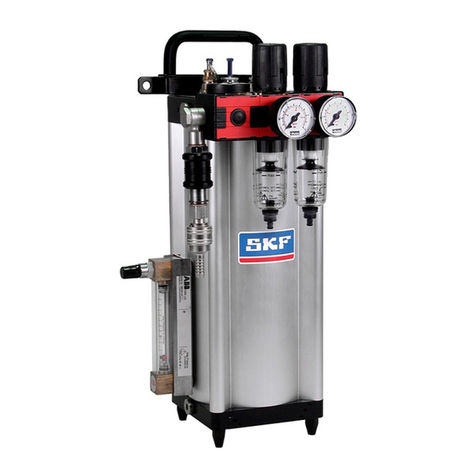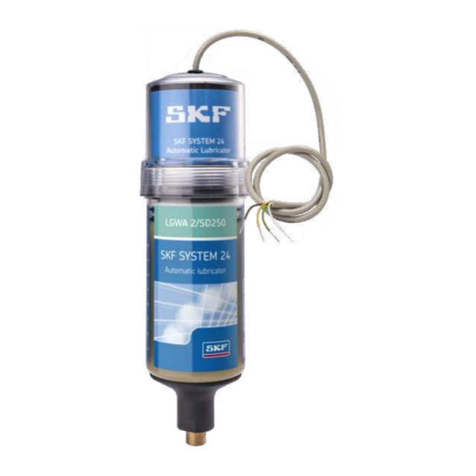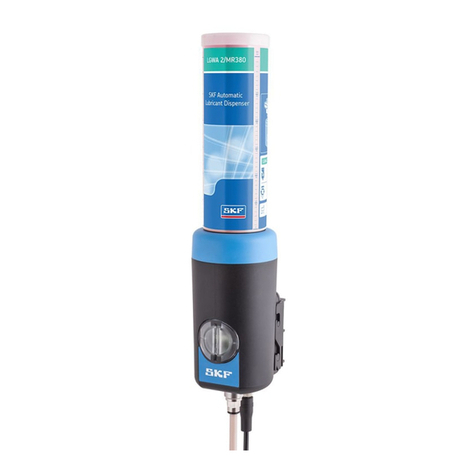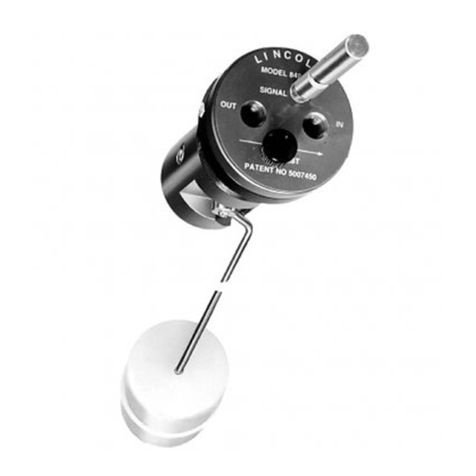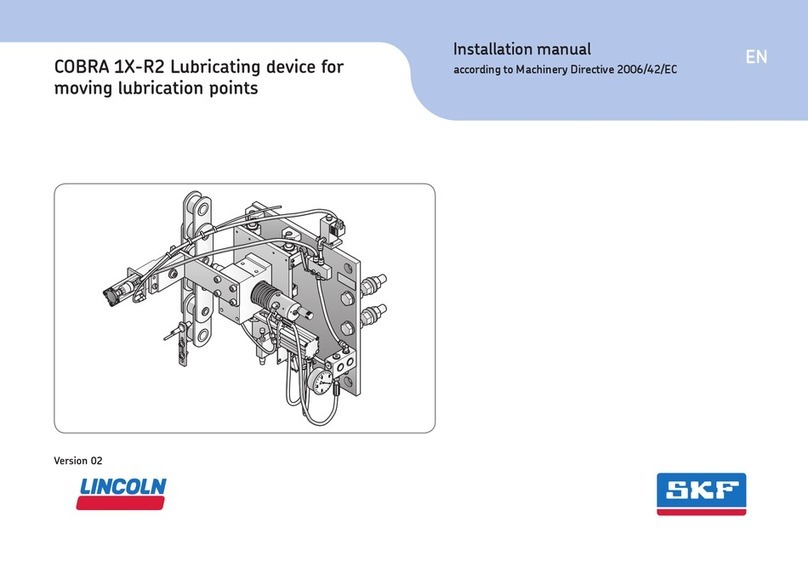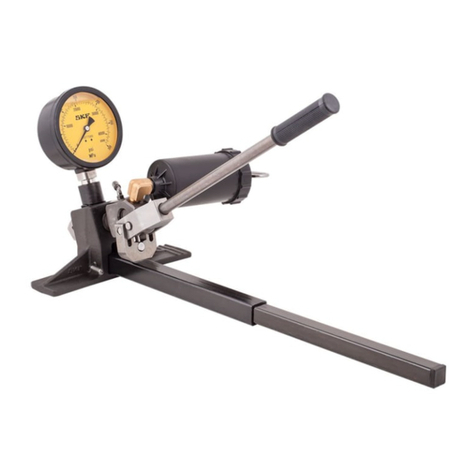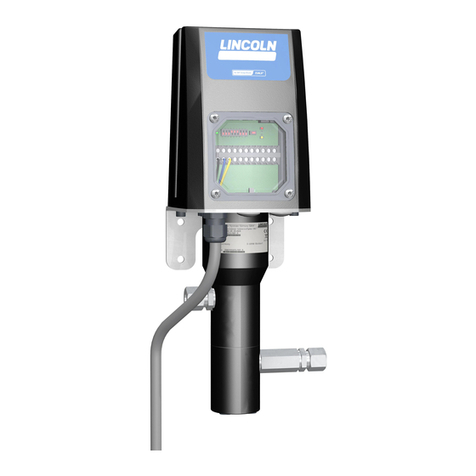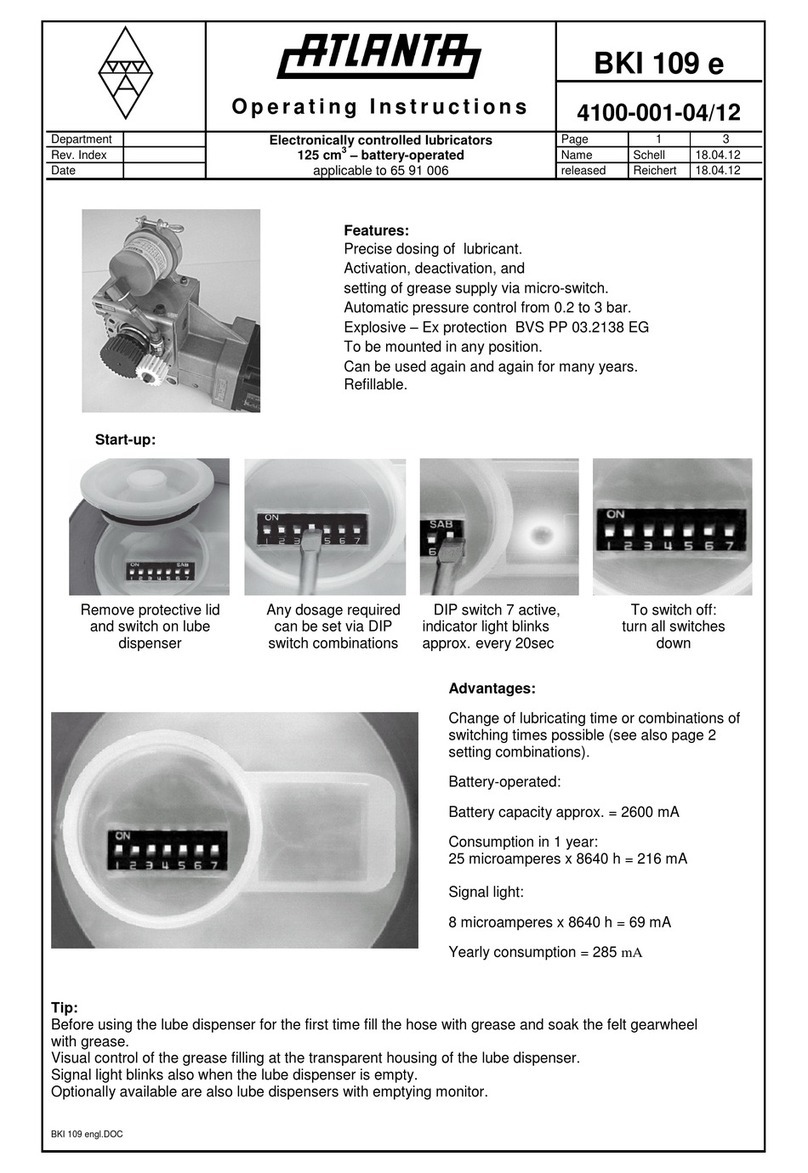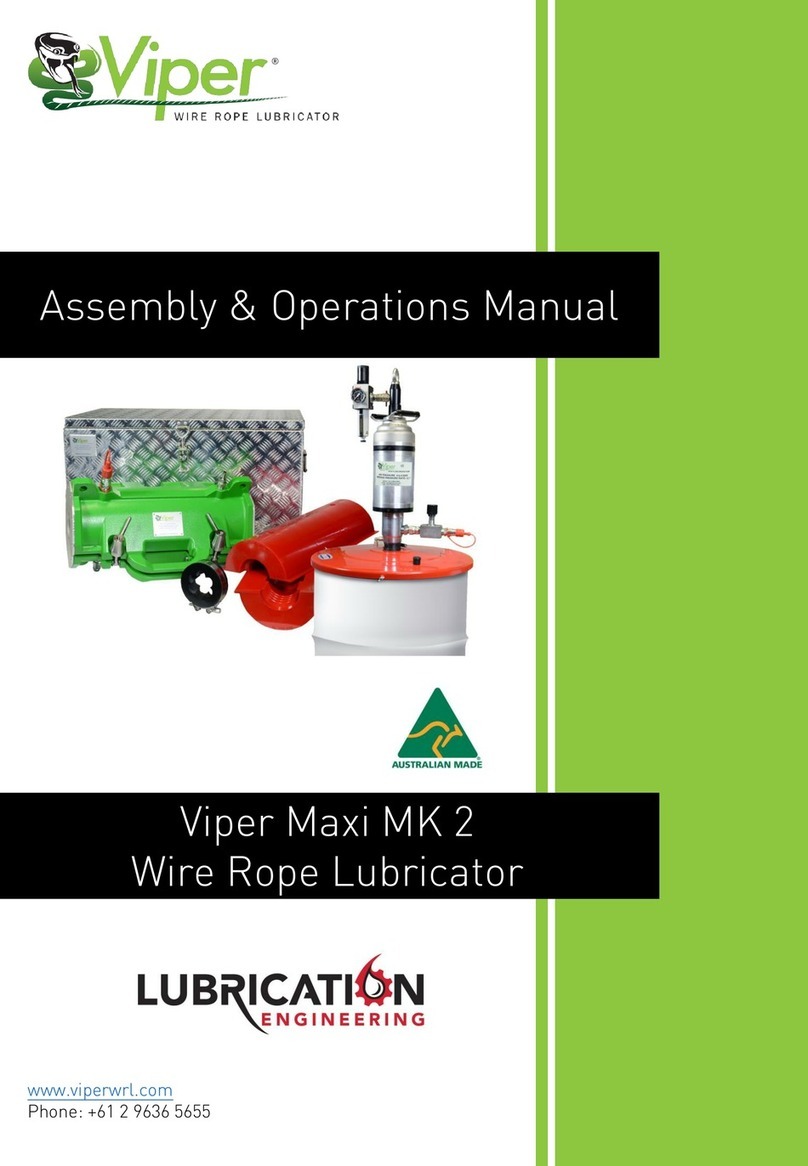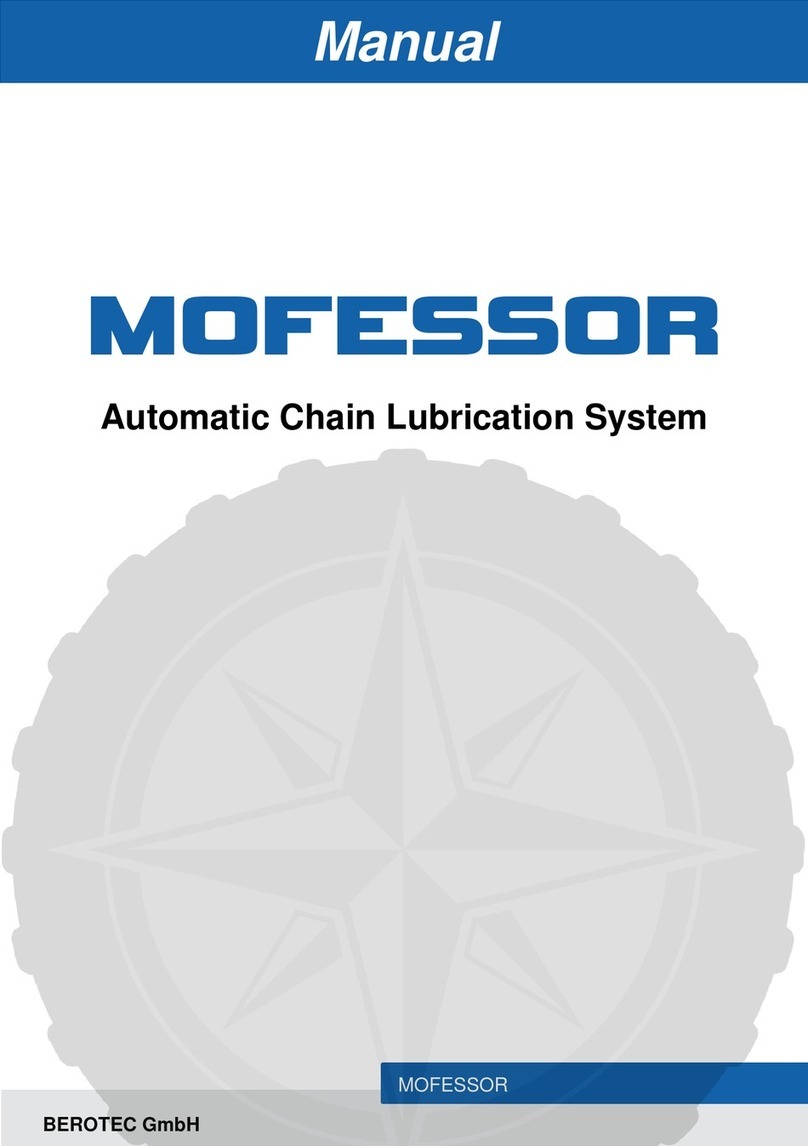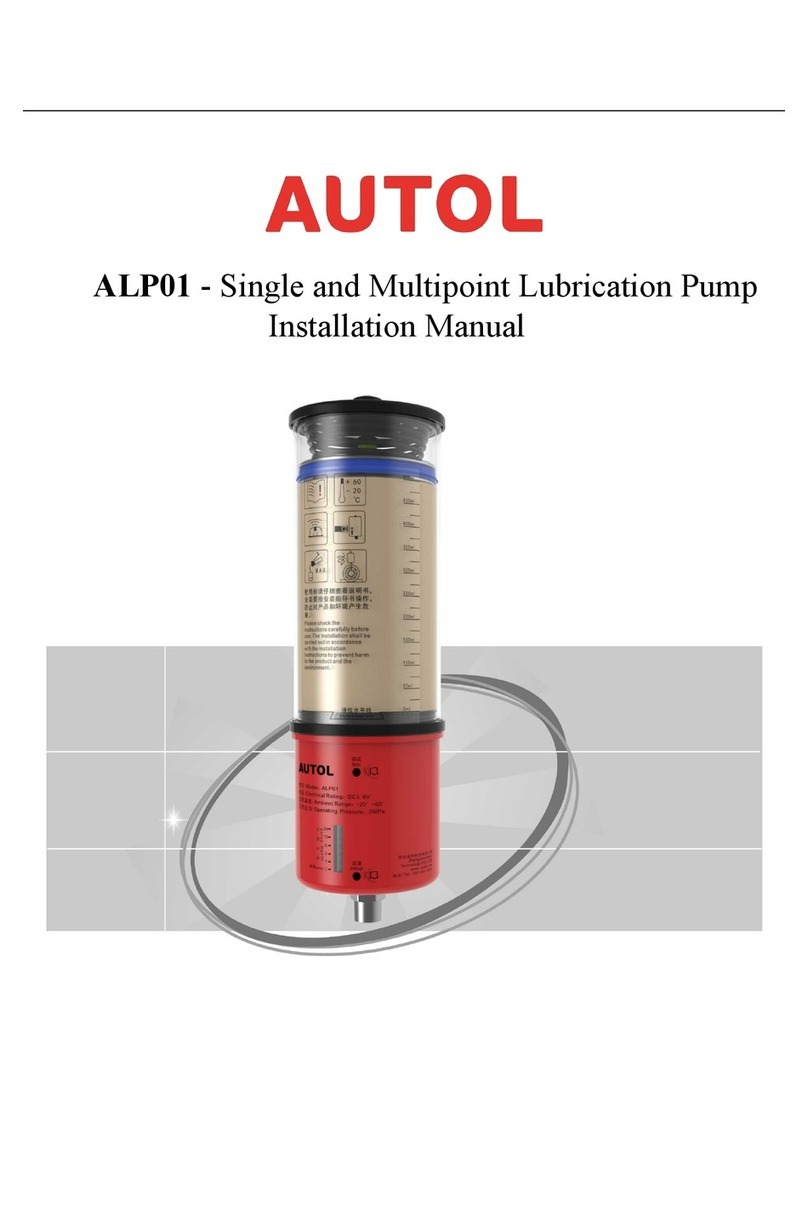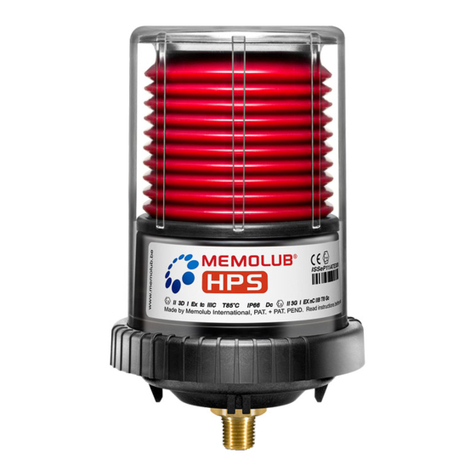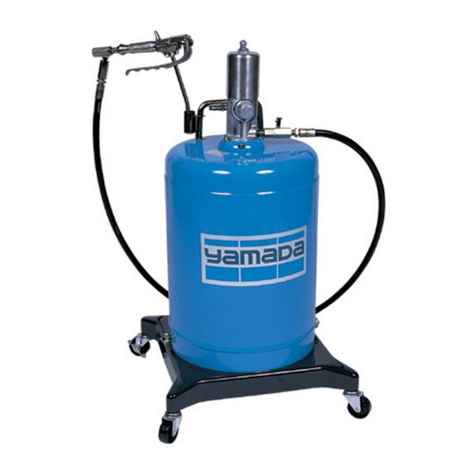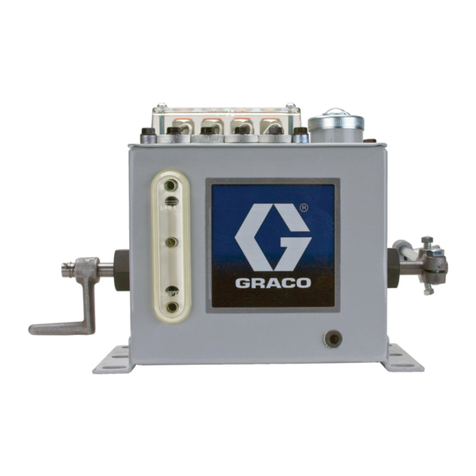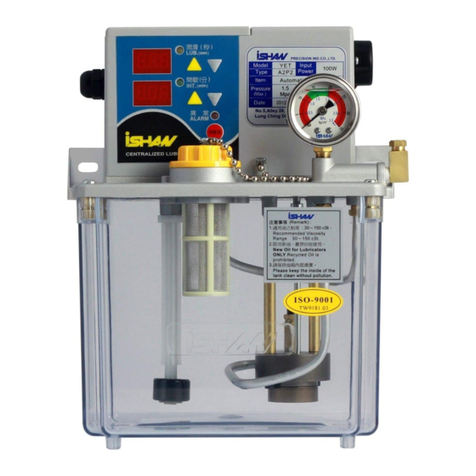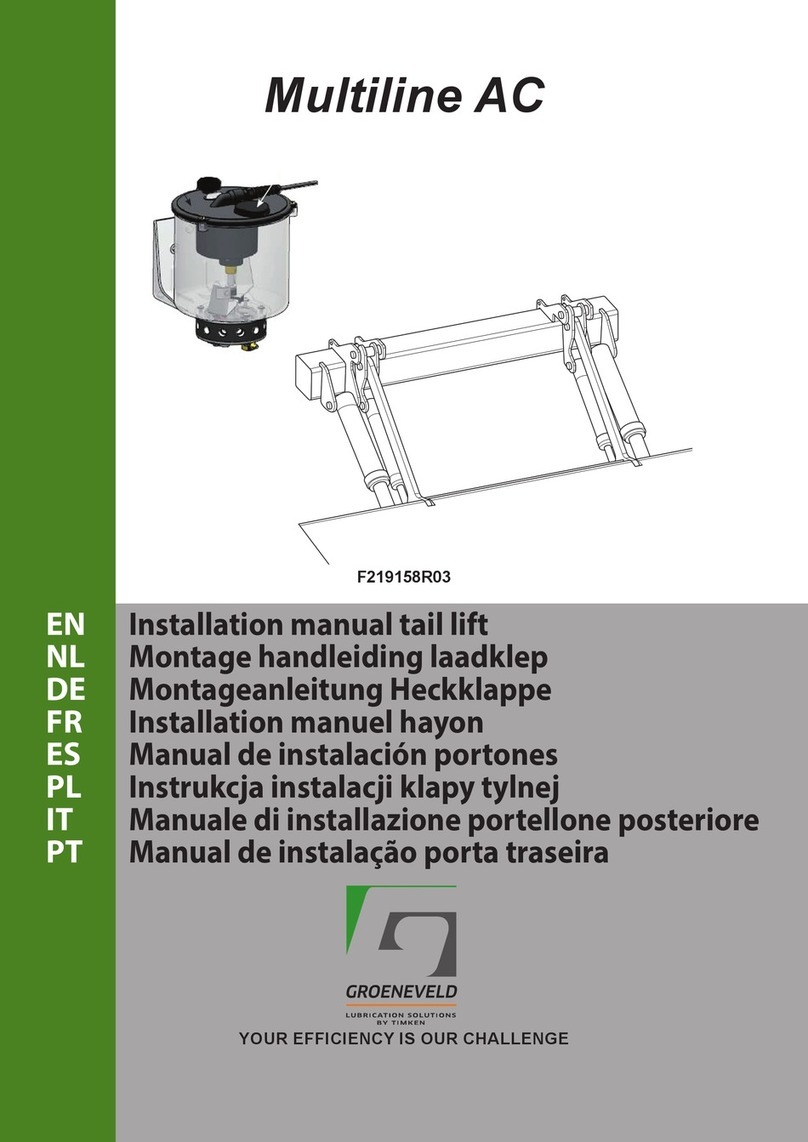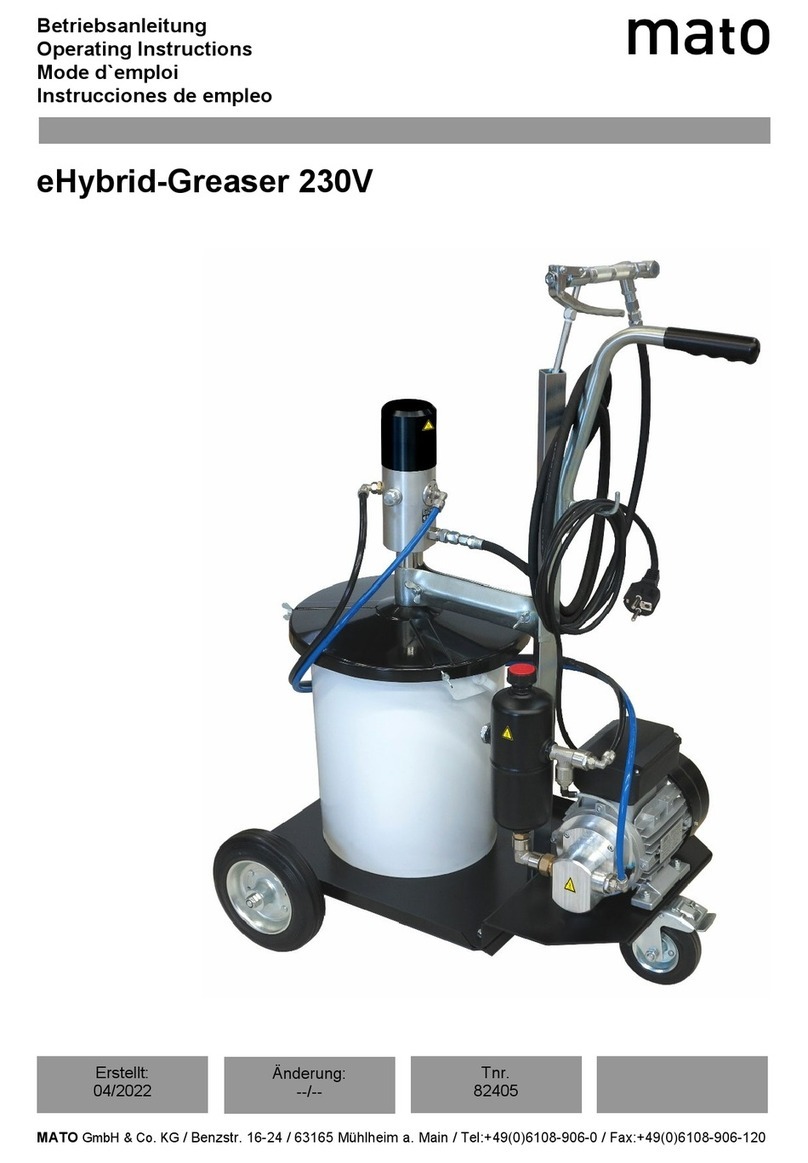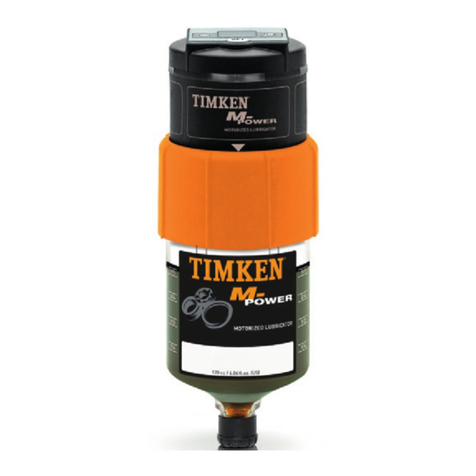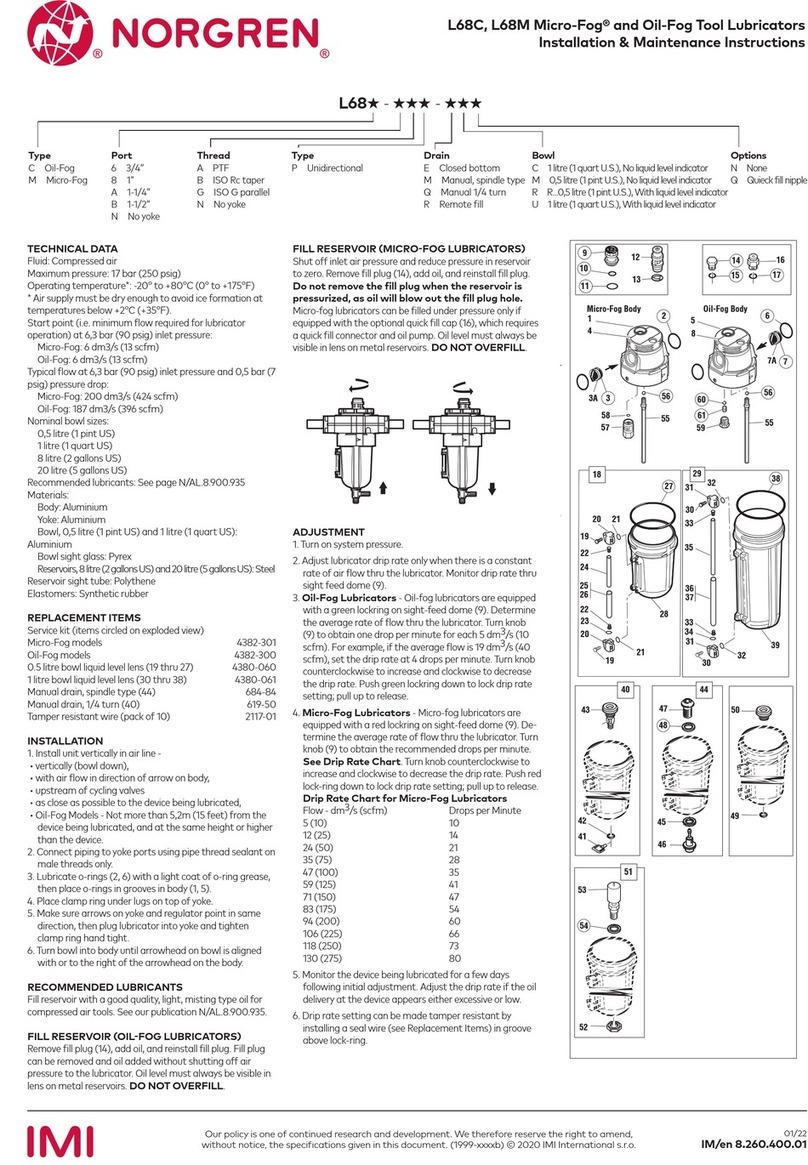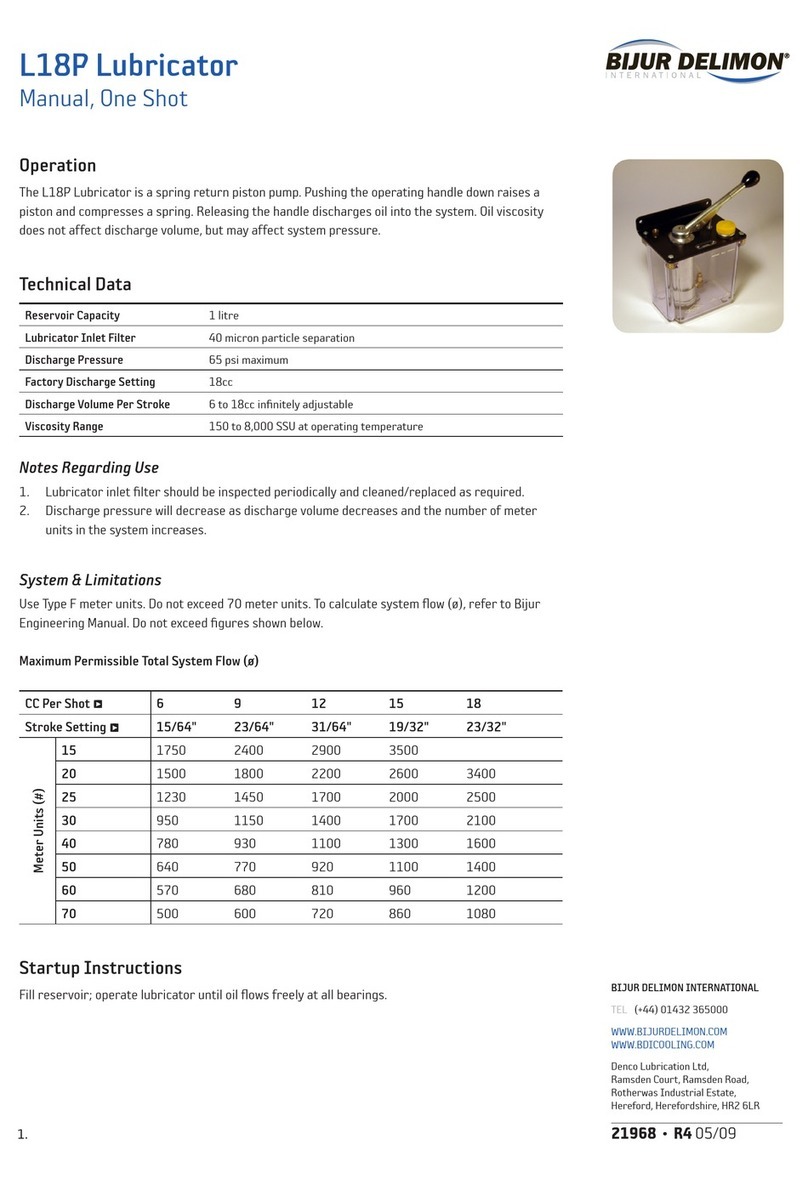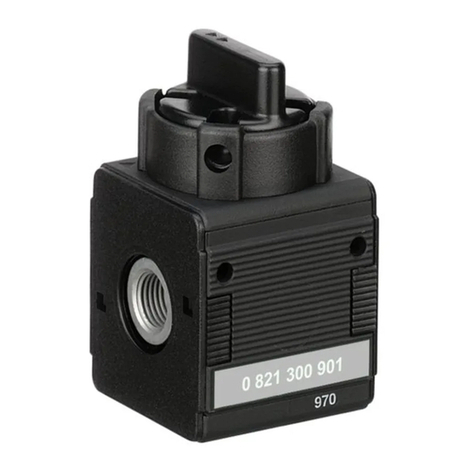- 4 -
951-170-218-EN
Version 06
EN Table of contents
Table of contents
EC Declaration of Incorporation ..........................................................................2
Explanation of symbols and signs ........................................................................7
1. Safety instructions ................................................................ 9
1.1 General safety instructions ....................................................................9
1.2 General behavior when handling the product .....................................9
1.3 Intended use ..........................................................................................10
1.4 Foreseeable misuse ..............................................................................10
1.5 Modifications to the product ................................................................11
1.6 Inspections prior to delivery ................................................................11
1.7 Referenced documents ........................................................................11
1.8 Notes on the rating plate .....................................................................11
1.9 Note on CE marking .............................................................................12
1.10 Persons authorized to use the product ..............................................12
1.10.1 Operator ...........................................................................................12
1.10.2 Qualified mechanic .........................................................................12
1.10.3 Qualified electrician ........................................................................12
1.11 Instruction of outside fitters ................................................................12
1.12 Provision of personal protective gear .................................................13
1.13 Operation ...............................................................................................13
1.14 Emergency shutdown ..........................................................................13
1.15 Transport, assembly, maintenance, malfunction,
repair, shutdown, disposal ...................................................................13
1.16 Initial commissioning, daily startup ....................................................15
1.17 Cleaning .................................................................................................15
1.18 Residual risks ........................................................................................16
2. Lubricants .......................................................................... 18
2.1 General information .............................................................................18
2.2 Selection of lubricants ..........................................................................18
2.3 Material compatibility ...........................................................................19
2.4 Aging of lubricants ................................................................................19
3. Overview, functional description .......................................... 20
3.1 Principle of minimal quantity lubrication ...........................................20
3.2 Principle of aerosol action ...................................................................20
3.3 General function and design ...............................................................20
3.4 Main components of a UFD minimal quantity lubrication system..22
3.4.1 Aerosol generator ..........................................................................22
3.4.2 Control unit ......................................................................................23
3.4.3 Communication interface ..............................................................24
3.4.4 Flow sensor .....................................................................................24
3.4.5 Fill level indicator and monitoring ................................................24
3.4.6 Main air valve (compressed air connection) ................................24
3.4.7 Pressure gauge ...............................................................................25
3.4.8 Fine filter for compressed air ........................................................25
3.4.9 Lubricant drain valve ......................................................................25
3.4.10 Safety valve .....................................................................................25
3.5 Design-specific components ...............................................................26
3.5.1 PROFIBUS communication interface ...........................................26
3.5.2 PROFINET communication interface ...........................................29
3.5.3 Automatic filling pump ...................................................................32
3.5.4 Automatically controlled bypass valve – bypass control ............32
3.6 System designs and type codes .........................................................35
3.6.1 Minimal quantity lubrication systems with
one aerosol generator ....................................................................38
3.6.2 Minimal quantity lubrication systems with
two aerosol generators ..................................................................54
